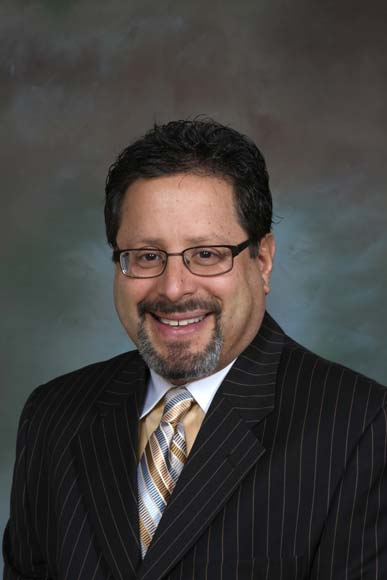
Who can forget the great bailout of banker George Bailey in the classic It's a Wonderful Life? Bruce Rosenblat, chief marketing officer of Main Street Bank, writes on the hyper-local focus of the region's community banks and why these pillars are not pulling up stakes here.
Post 3: Where do you think you're going?
Posted By: Bruce Rosenblat
Posted: 7/23/2011
Here is a shocker for you, if you were not already aware of it: the economy of metropolitan Detroit plays an instrumental role in the economy of the United States. By count, its ten-county area had a population of over 5.3 million, a workforce of 2.6 million, and about 247,000 businesses. Detroit's six-county Metropolitan Statistical Area (MSA) had a population of about 4.3 million and a workforce of about 2.1 million. The last accounting also showed that Detroit's urban area had a population of 3.9 million with about 80,500 people working in downtown Detroit, comprising about 21 percent of the city's employment base.
And families and college graduates are leaving.
They read how Detroit's unemployment rate of 6.9 percent in April 2008 grew to 11.6 percent in May 2011 and that the city of Detroit's unemployment rate reached 20 percent. They read how thousands of jobs have been lost due to challenges in the auto industry. They read how we are a ghost town waiting for the last saloon doors to swing closed.
Well, Main Street Bank and I aren't going anywhere.
I say take a look at these facts:
- Michigan ranks fourth nationally in high-tech employment with 568,000 high-tech workers.
- Metropolitan Detroit has propelled Michigan's national ranking in emerging technology fields such as life sciences, information technology, and advanced manufacturing. In 2010, the Detroit area became the fastest growing region in the U.S. for high technology jobs. A report by Silicon Valley based TechNet group found Michigan to be the leading state for stimulating demand for broadband technology.
- Michigan has ranked as high as second nationally in new corporate facilities and expansions. Among metro areas with more than one million people, Metro Detroit has ranked as high as 4th in new corporate facilities.
- Metropolitan Detroit has one of the nation's largest office markets with 147,880,000 square feet, including the 5,500,000 sq ft Renaissance Center, the 2,200,000 sq ft Southfield Town Center, and the 1,395,000 sq ft Cadillac Place joined with the 487,000 sq ft Fisher Building.
- Metropolitan Detroit ranks among the nation's top five financial districts, housing Quicken Loans, Ally Financial, Ford Motor Credit Company, Chrysler Financial, Bank of America, Comerica, PNC Financial Services, Fifth Third Bank, JP Morgan Chase, Deloitte Touche, KPMG, Ernst & Young, PricewaterhouseCoopers, Virchow Krause-Baker Tilly International, and Raymond James.
- The metro area is home to high-tech business incubators such as the Michigan Security Network, a consortium that coordinates business growth of cyber security, bio-defense, and border security sectors.
- Metropolitan Detroit is the nation's number one exporting region and busiest commercial port. The Ambassador Bridge is the busiest commercial border crossing in North America, carrying 27 percent of the total trade between the U.S. and Canada. Tourism in metropolitan Detroit is an important economic factor, comprising nine percent of the area's two million jobs. About 15.9 million people visit the area annually, spending an estimated $4.8 billion.
- The area is home to many post-secondary institutions of higher learning and research, including: Baker College, Carnegie Institute, Cleary University, Cranbrook Educational Community, Eastern Michigan University, Lawrence Technological University, Oakland University, Thomas M Cooley Law School-Rochester, Ave Maria School of Law, Walsh College, Rochester College, Madonna University, Marygrove College, University of Detroit Mercy, the University of Michigan, and Wayne State University.
- A 2003 study measuring health care industry components ranked the Metro Detroit area as one of the nation's leading health care economies, with the region's hospital sector ranking fourth in the United States. A 2006 economic impact report showed that the metropolitan region supported 245,379 direct health care jobs with an additional 120,408 indirect and induced jobs. Major health system networks in the region include the University of Michigan, Henry Ford, Beaumont, Detroit Medical Center, St. John, Oakwood, St. Joseph, Karmanos Cancer Center, Blue Cross Blue Shield, and the John D. Dingell Veterans Affairs Medical Center.
- A 2009 University of Michigan report estimated that neighborhoods within the city limits of Detroit have sufficient income to sustain from $210 million to $377 million in additional grocery retail spending and that the city could support up to 1,000,000 square feet of additional retail grocery space.
So where exactly do you think you're going?